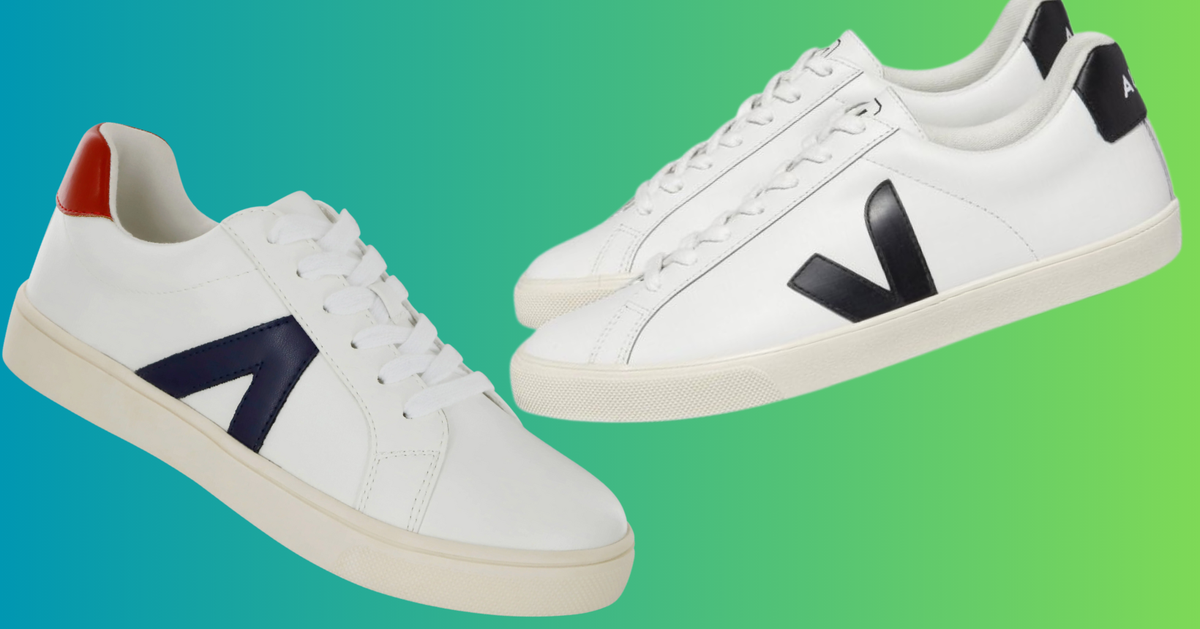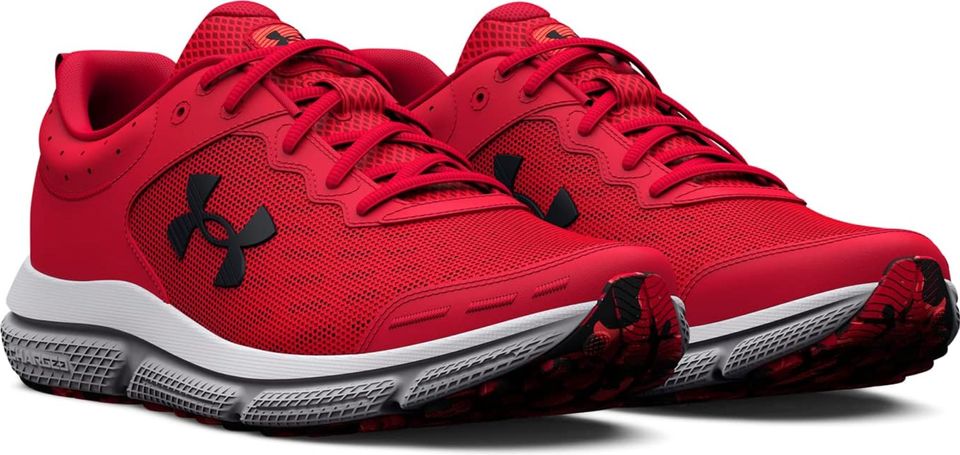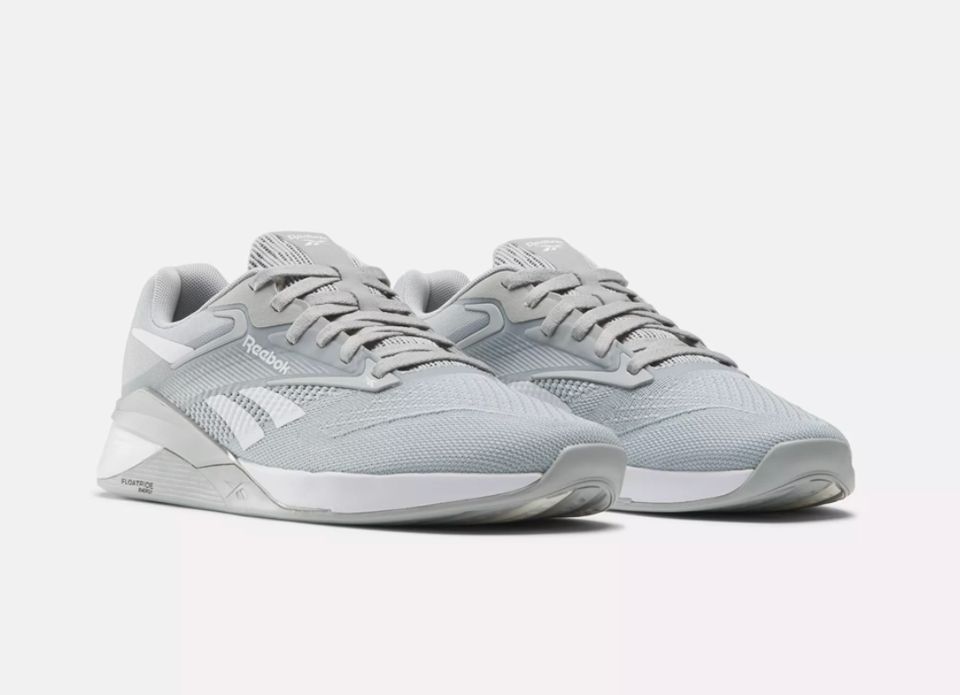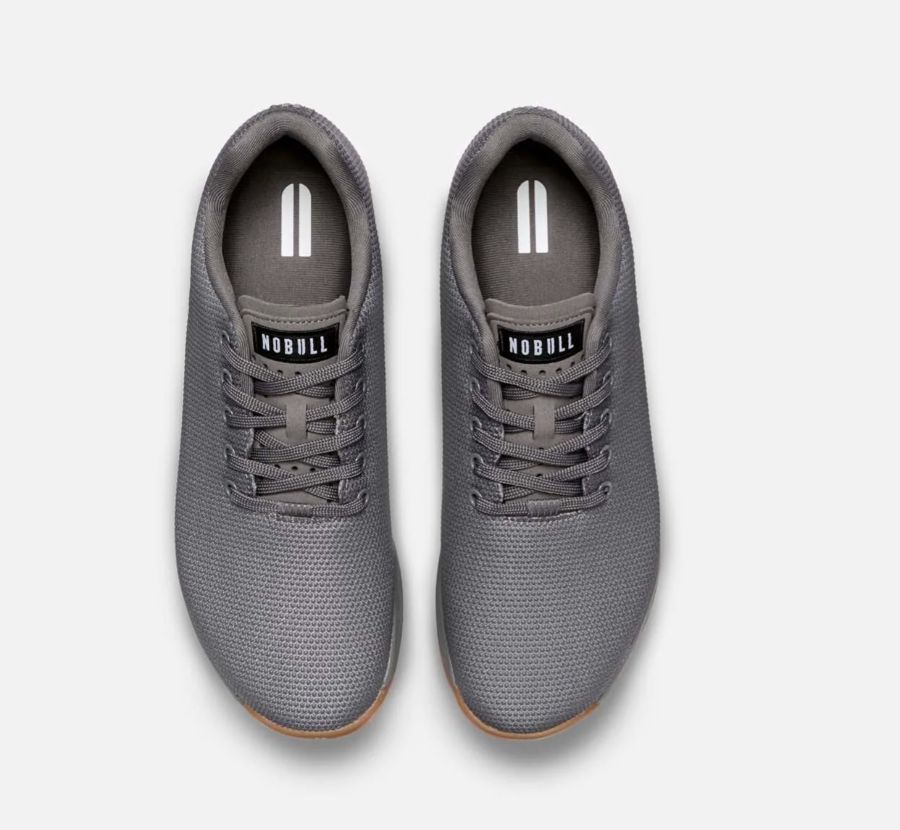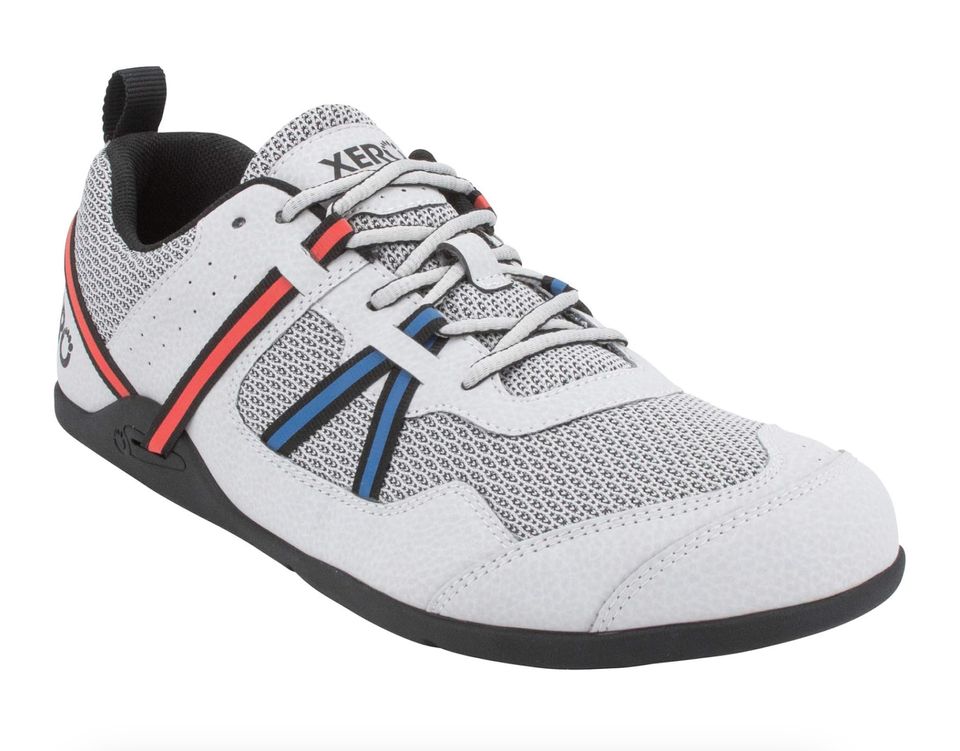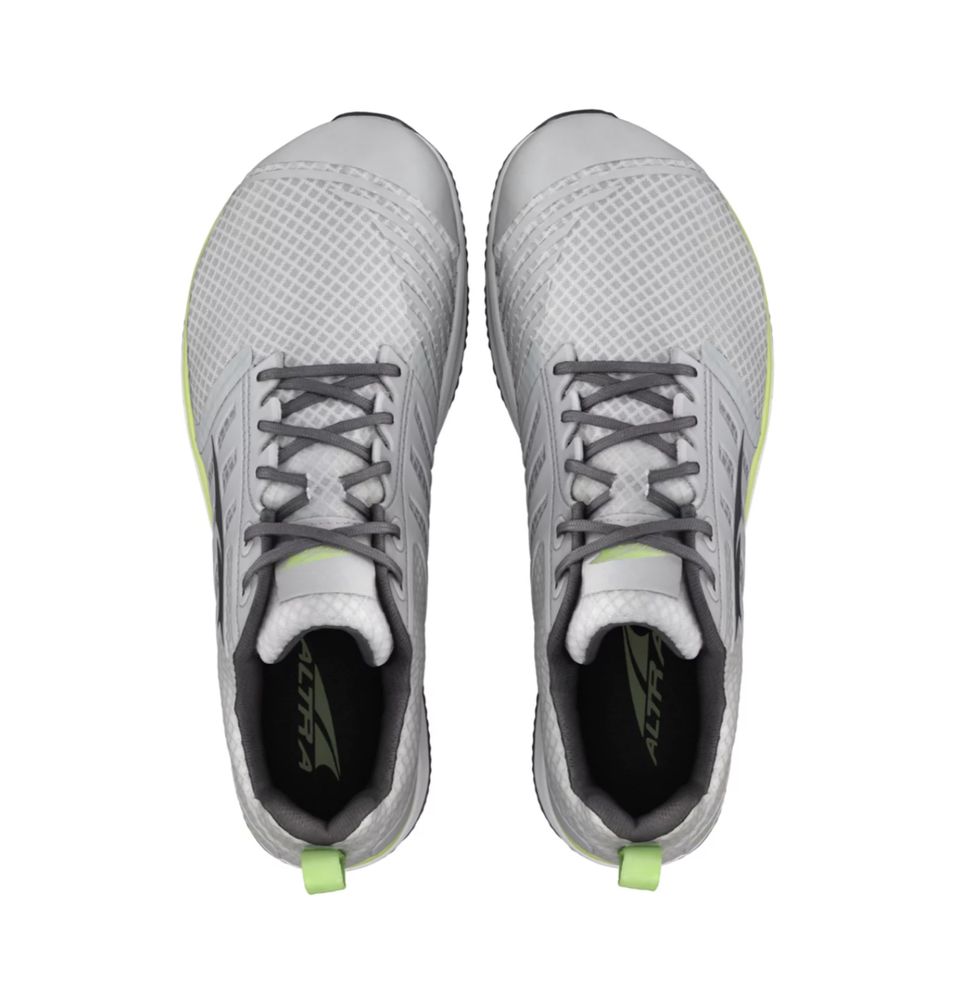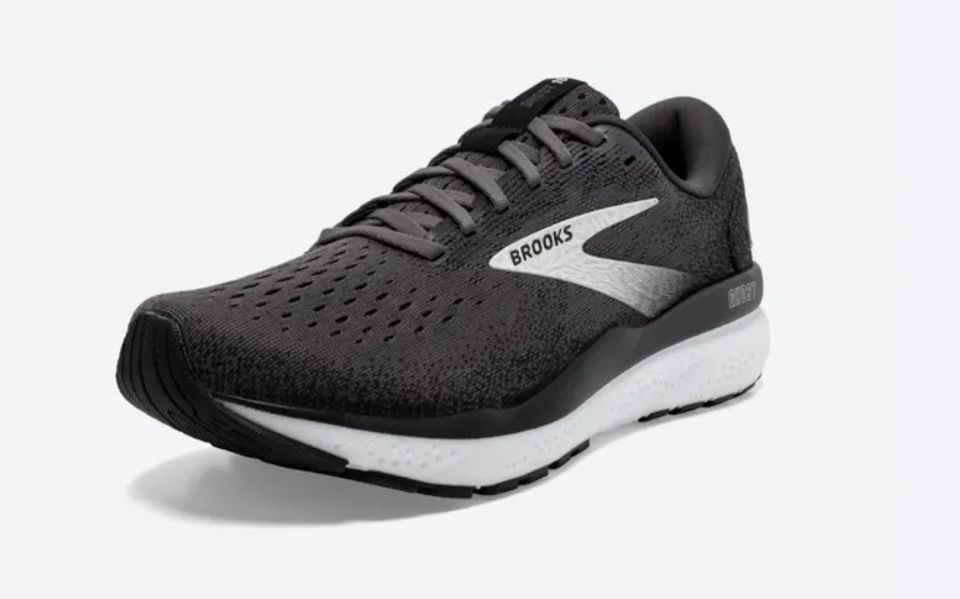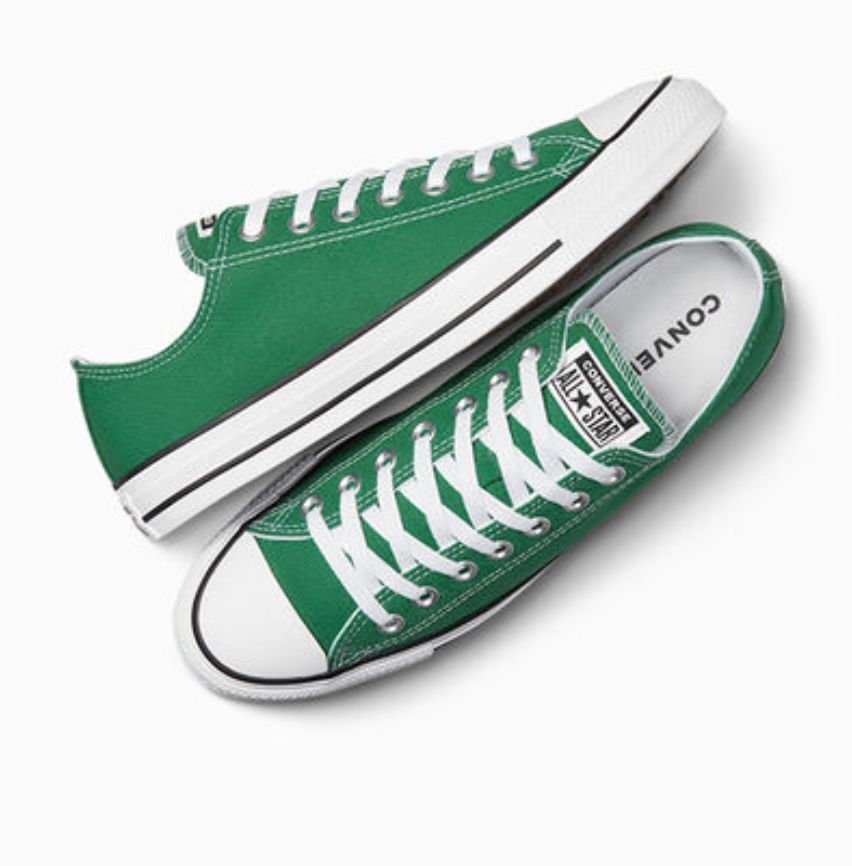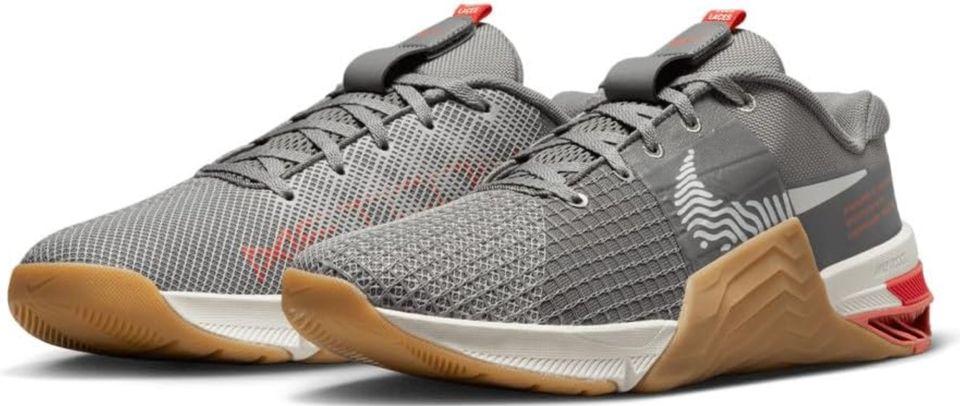A lot goes into why we choose our sneakers when there are so many identical ones on the market. If you like an expensive pair of shoes — such as these VEJA Esplar sneakers, which cost $150 — and you want to find a cheaper option, another brand likely sells a nearly identical pair for less — such as these MIA Italia sneakers, which are priced around $50.
But what, exactly, is the difference between a more expensive sneaker and a cheaper one? We spoke with a marketing expert, a shoe brand founder, and a professor at the Fashion Institute of Technology (FIT) to determine what the difference actually is between a $50 and a $150 pair of sneakers.
A higher-priced sneaker tends to use more premium materials.
“For the most part, higher-priced sneakers do tend to use more premium materials and advanced construction techniques, which, in turn, can extend the life of the sneaker,” explained Jill Topol, a celebrity fashion stylist and professor at FIT. “But [comfort] is a totally different animal.”
Topol shares that since she has wide feet, certain higher-priced sneaker styles that are extremely well made and stylish may feel uncomfortable on her, but comfortable on someone with a narrower foot. “There’s no one-size-fits-all when it comes to sneakers. It’s always a good idea to read the online reviews from previous customers first before purchasing.”
“More expensive sneakers will usually have an outsole made from higher-quality materials like rubber, which offer better cushioning properties for longer, as they’re a bit firmer and heavier due to an increased rubber percentage, which is better for long-term comfort and general shoe longevity,” explained Anna Baird, a podiatrist-turned-entrepreneur and founder of Bared Footwear.
To the eye, the $150 VEJA sneakers and the almost-$50 MIA pair are basically identical. “For a second, I thought they were the same brand until I realized the V was upside-down on the cheaper MIAs,” Topol said. “If you’re not fashion-savvy, chances are you’re going to be fooled by this and think you’re getting a great bargain on a luxury sneaker, but that’s about where the similarities end.”
While the $150 VEJAs are made of leather sourced from Uruguay and Brazil with a recycled polyester lining, the $50 MIAs have a synthetic upper and lining. “Leather typically molds better to your feet and tends to be more comfortable,” Topol explained. She said it’s evident that the MIA sneakers aren’t made from leather based on the low-star reviews they’ve received.
“The main complaint is that they hurt your feet. No surprise there. But what might surprise you is that the expensive VEJAs didn’t get great reviews either,” Topol pointed out. “Customers complained that they ran big. Another reason to always read those customer reviews before hitting the ‘add to bag’ button!”
Baird agrees that more expensive sneakers will generally be made of higher-quality materials like leather and created with better construction methods — meaning they’ll likely offer you more longevity.
“Leather or canvas are great choices for the upper materials because they are breathable and long-lasting,” Baird said. “Strong stitching and reinforced seams are also important for overall construction.”
She explained that a lot of cheaper sneakers will have an outsole made from EVA (ethylene vinyl acetate) foams. While this material is lighter and helps a shoe be more comfortable initially, it tends to compress and harden easily, which reduces comfort and support over time.
If you look at the material of a sneaker, you may notice that a cheaper sneaker will use synthetics that mimic leather but lacks breathability and comfort. “While they are more affordable, they often wear out faster, provide less comfort and support for your feet,” Baird explained. “Not only that, but the midsole of an inexpensive sneaker is usually quite flexible to [the] point of being flimsy. Whereas more expensive sneakers tend to focus on using superior, premium materials such as genuine leather.”
The brands marketing the shoes can make a huge difference.
Sometimes a brand may do such an impeccable job of marketing its shoe that people overlook the price. But a high price may also cause customers to seek a cheaper option.
“Marketing anything is always contingent on the brand itself. However, generally speaking, if a shoe is more expensive, it’s likely because the cost to produce it is higher,” said Samantha Ribakove, a PR and digital marketing consultant and founder of Solutions by Sam. “When marketing a more expensive shoe, marketers will typically highlight its points of differentiation to justify to the consumers why the price point is what it is. In other words, if the material is driving up the overall cost of the shoe, strong marketing would speak to what this material offers and why it was chosen.”
The features a brand focuses on in its marketing campaigns play a huge role in who buys the sneakers. “Brands and marketers focus on longevity and quality. That being said, it’s clear that it takes a lot more to convince the consumer to purchase when it’s a higher price point,” Ribakove said.
“Consumers are smarter than ever because they have a wealth of knowledge and products in the palm of their hands these days,” she added. “It’s important that the marketing you’re putting out showcases the quality and longevity for them to consider when purchasing, especially at a higher price point.”
Your own style preferences are also important to consider.
When deciding between two shoe styles that look almost exactly the same, your personal style is a big factor.
“The overall look of a sneaker really depends on the eye of the beholder. Price isn’t always a factor here. We gravitate to what we personally like,” Topol said. “Maybe you’re a nonconformist and like sneakers that are a little out of the ordinary. Or maybe you’re more conservative and prefer a simpler design with clean lines. Who’s to say one is better than the other?”
Need a new pair of sneakers? Personal trainers say these are the best options for working out.
HuffPost and its publishing partners may receive a commission from some purchases made via links on this page. Every item is independently curated by the HuffPost Shopping team. Prices and availability are subject to change.
Under Armour Charged sneakers
Hoka Kawana sneaker
Reebok Nano sneakers
Nobull Outwork sneaker
Feeley agrees saying Nobull kicks are “Sturdy enough for lifting and are also suitable for plyometric movements ([also know as] jumpy stuff) and shorter runs.”
Xero “barefoot” shoes
Feeley notes, “If someone isn’t used to ‘barefoot’-style shoes, they should ease their way into walking or running in them because the transition can be tough at first (sore calves and feet, tight ankles, cramping, etc.)”
Altra shoes
Feeley and Russo also both like Altra shoes, with Feeley noting, “A shoe could be considered ‘barefoot style’ (due to the minimal drop) and still have a big squishy sole… Altra has this option.” (FYI, the “drop” is the difference in height from your heel to your forefoot in a shoe.)
Brooks Ghost sneaker
Parker also likes Brooks. “The primary things I need from a good running shoe is cushion and support. The shoe must also be lightweight,” he said.
Brooks just released a new version of the Ghost made with a nitrogen-infused sole that’s designed to be extra-light on the feet. The style is a longtime favorite with HuffPost readers.
Converse All Stars

